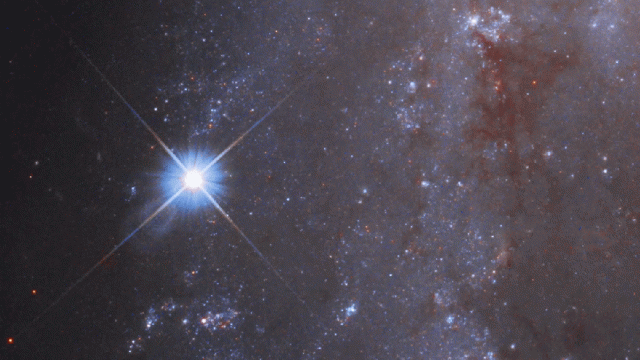Israel’s first space telescope is set to reach geostationary orbit in 2026, and NASA is going to get it there, the agency announced Tuesday. The mission is called the Ultraviolet Transient Astronomy Satellite (ULTRASAT), and it will scrutinize short-duration events like supernovae and stellar mergers.
The telescope will have a wide field of view, allowing it to monitor a broad area of the cosmos for fleeting events. The telescope’s observations will be made at ultraviolet wavelengths but can be combined with data like those from the LIGO Collaboration, which monitors for gravitational waves.
Combining different types of observations will allow scientists to glean new insights about some of the most intense phenomena in the universe, from the brilliant deaths of stars to the powerful mergers between some of the densest known objects.
“We are proud to join this partnership, an international effort that will help us better understand the mysteries of the hot, transient universe,” said Mark Clampin, director of the Astrophysics Division at NASA, in an agency release. “ULTRASAT will give the global science community another important capability for making new observations in the nascent field of time domain and multimessenger astrophysics programs.”
According to the release, the agreement between NASA and the Israel Space Agency states that NASA will provide ULTRASAT’s launch opportunity at Kennedy Space Centre in Florida.
“Our requirements from ULTRASAT, such as a wide field of view, advanced ultraviolet sensitivity, and real-time data control and transfer are at the forefront of technological developments,” said Uri Oron, director of the Israel Space Agency in the Ministry of Innovation, Science, and Technology, in the same release.
ULTRASAT is just one of the upcoming observatories that could reshape space observations in the coming decade. NASA’s Nancy Grace Roman Space Telescope is slated to launch in the mid-2020s, and the LSST camera will help astronomers see and monitor the universe in greater detail and scope than was previously possible.
While we wait, the Webb telescope continues its relentless imaging of structures old and new(er) in the universe, from the nearest planets to the most distant galaxies.
